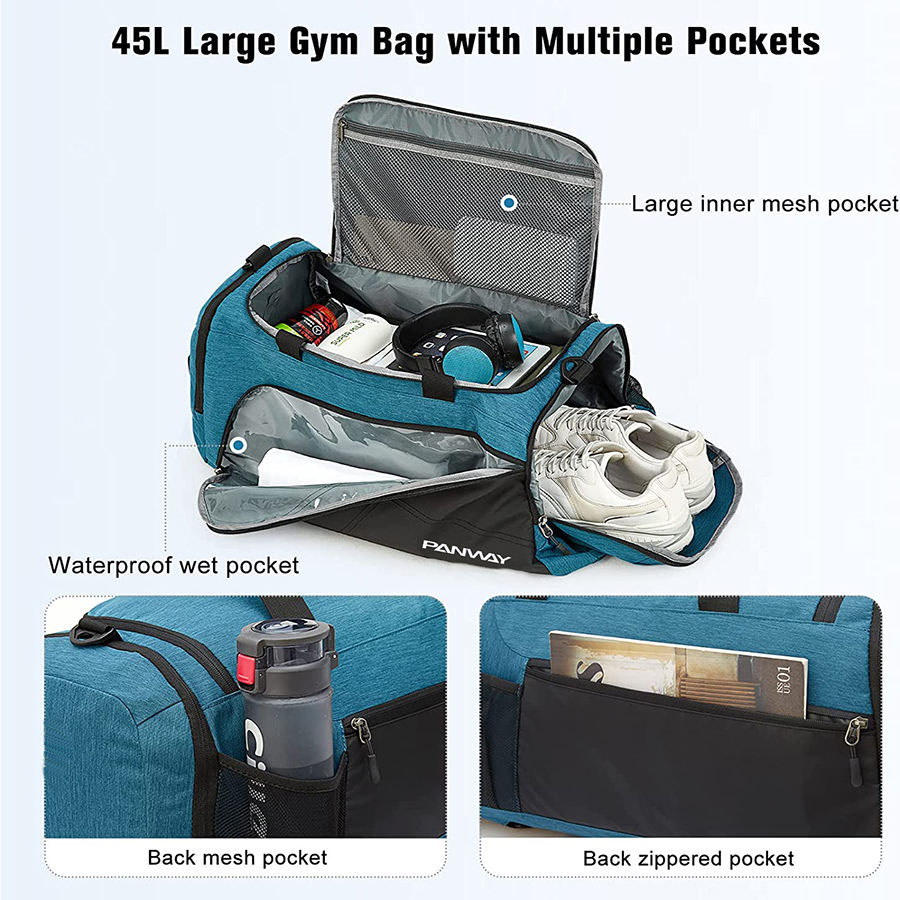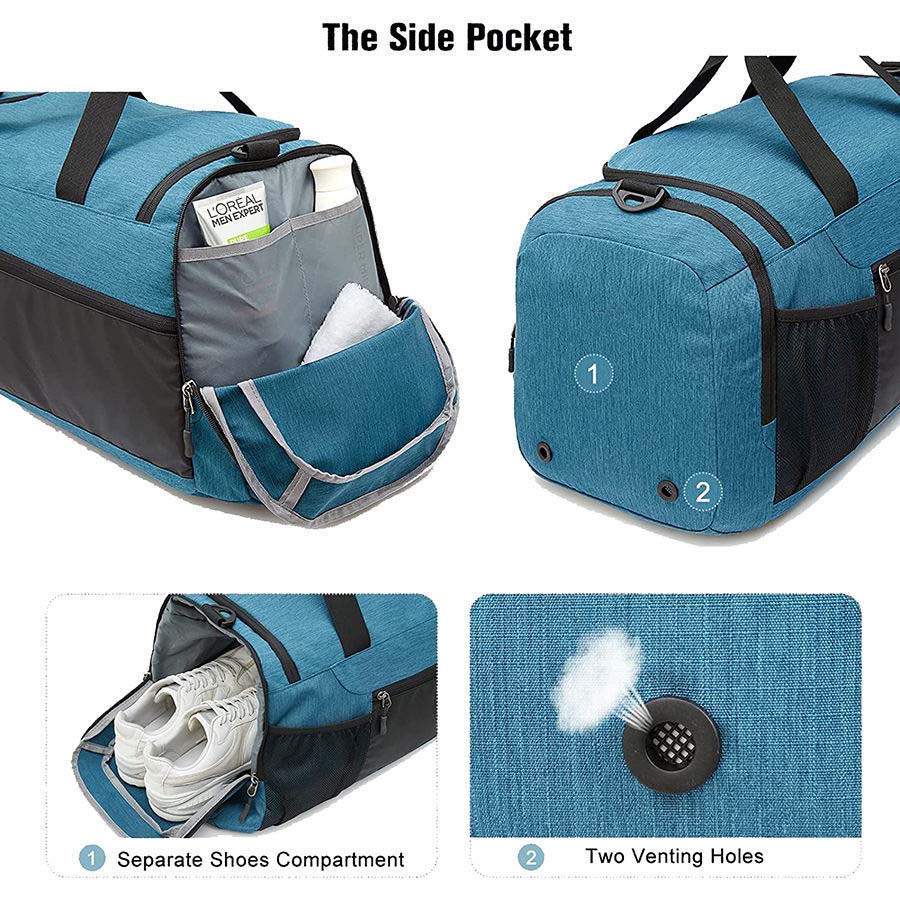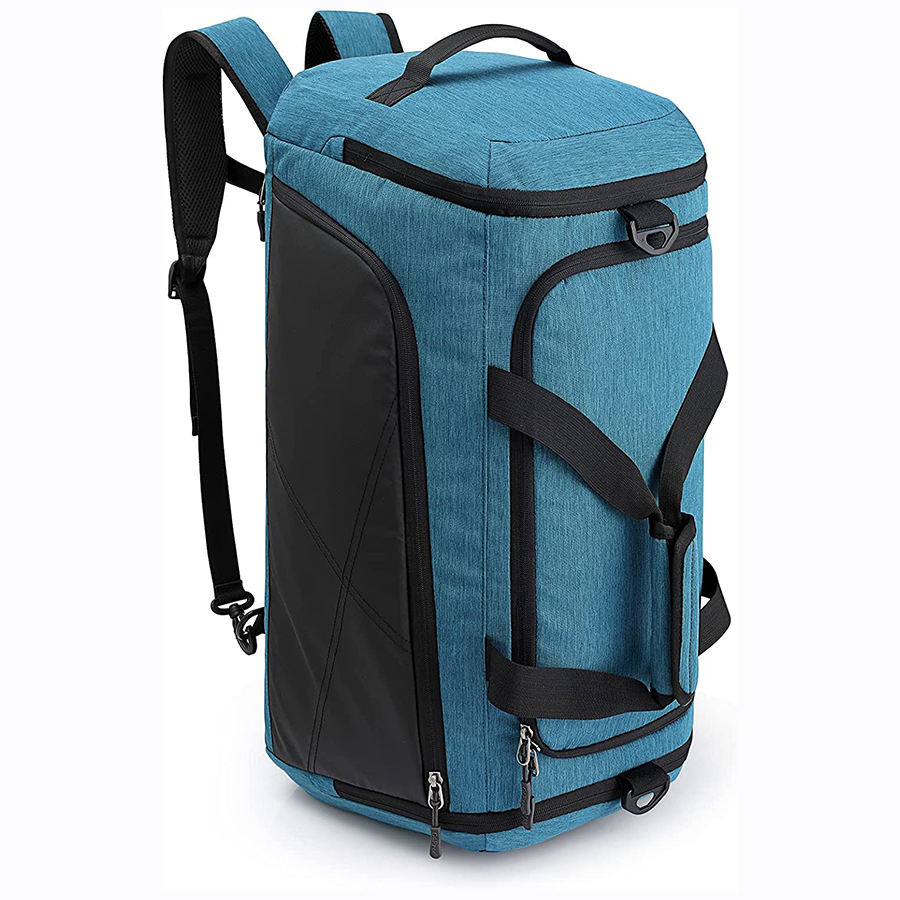
Packing a duffel bag efficiently turns its flexible design into a strength, helping you fit more while keeping items organized and easy to access. Follow these practical steps to make the most of its space:
First, sort and prioritize items by type and use. Start by laying out all your belongings and grouping them: clothes (tops, bottoms, underwear), toiletries, shoes, electronics, and essentials (passport, charger). Prioritize “need-to-reach” items (like a phone charger or travel pillow) and “bulky items” (like jeans or a jacket)—this prevents rummaging later. For example, keep toiletries in a small waterproof pouch to avoid leaks, and wrap shoes in plastic bags to separate dirt from clothes.
Second, use space-saving folding and rolling techniques. For soft clothes (t-shirts, leggings), roll them tightly instead of folding—this reduces wrinkles and fits more into gaps. Fold bulkier items (sweaters, jackets) into compact rectangles and place them at the bottom or sides of the duffel, using their structure to support lighter items on top. If your duffel has a separate shoe compartment, use it; if not, tuck shoes into the corners (toe-side down) and fill empty spaces inside the shoes with socks or small accessories (like a belt) to avoid wasted space.
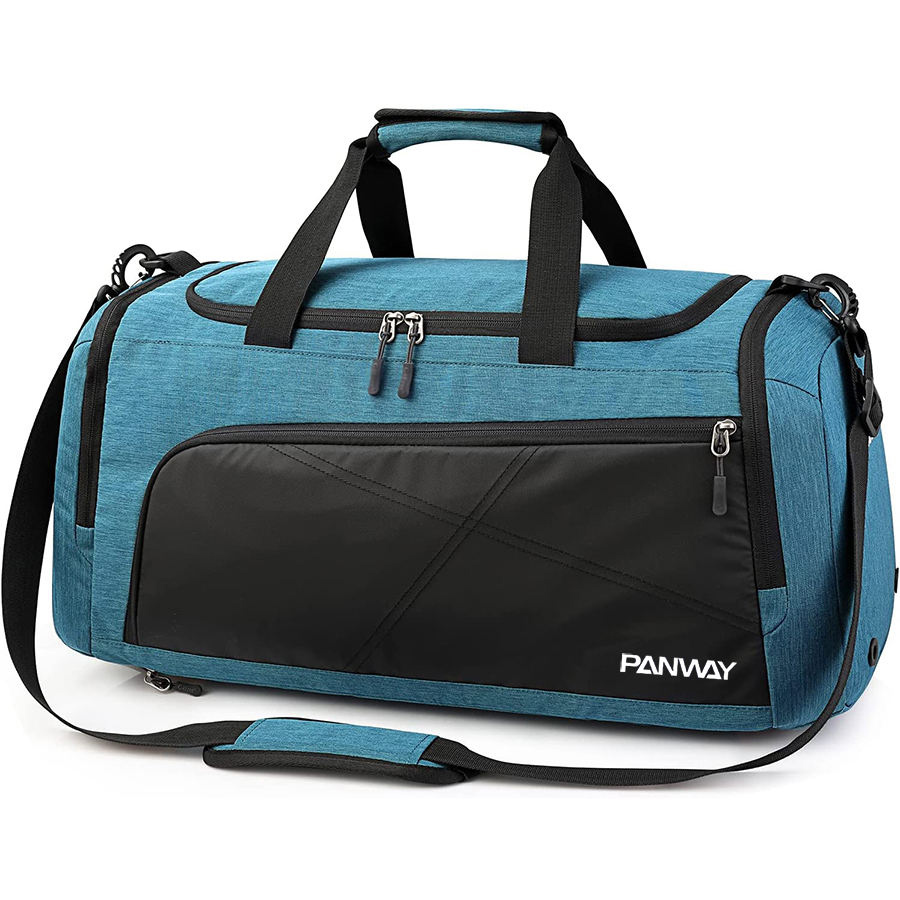
Third, layer strategically for accessibility and balance. Place heavier items (shoes, toiletries pouch) at the bottom of the duffel to keep it stable when carrying. Next, add rolled or folded clothes, stacking them vertically (instead of horizontally) so you can see and pull out items without unpacking everything. Keep essentials (like a wallet or lip balm) in the duffel’s external zippered pockets or a small pouch tucked near the top. If your duffel has an expandable section, only unzip it if you truly need extra space—overpacking can make the bag hard to carry.
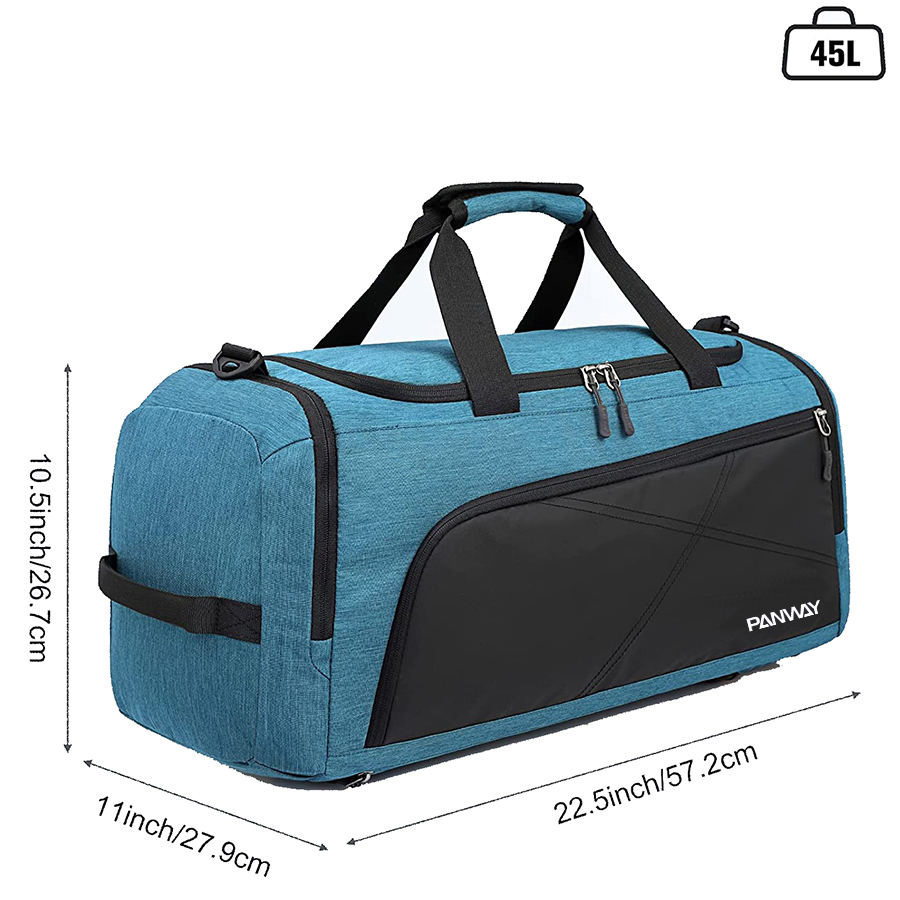
Finally, squeeze out air and secure loose ends. Once all items are inside, gently press down on the top to release trapped air (especially if you’re using compression bags for bulky items like jackets). Fasten any internal straps (if your duffel has them) to hold clothes in place and prevent shifting during travel. Avoid overstuffing—leave a small gap so the duffel closes easily and the straps don’t strain.
By focusing on organization, space-saving methods, and smart layering, you’ll turn a flexible duffel into a neatly packed, easy-to-carry companion for any trip.
